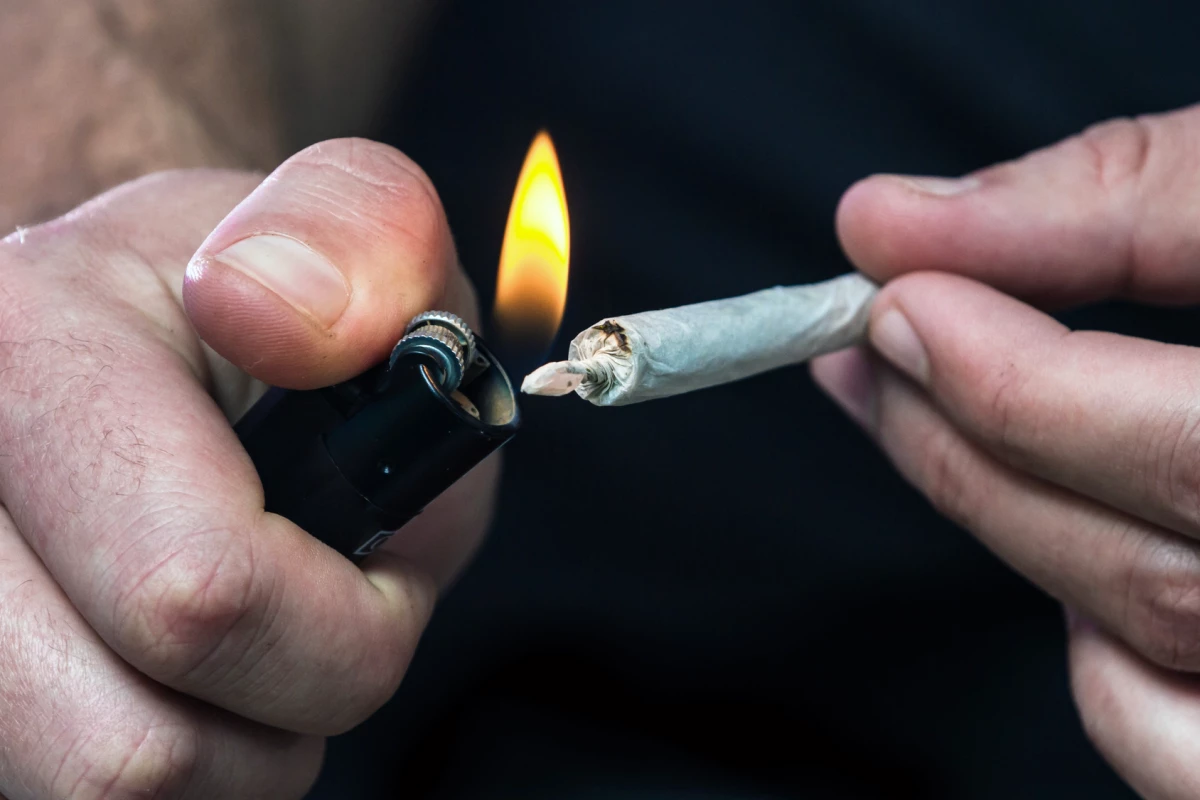People with cannabis use disorder had more than triple the odds of developing oral cancer, a large five-year study found, raising red flags about the carcinogenic risks of heavy cannabis use, especially in its smoked form.
Cannabis is one of the most widely used drugs in the world, with about 19% of Americans reporting using the drug at least once in 2021. A 2015 study found that one-third of users, or three in 10, met the diagnostic criteria for marijuana use disorder, which is now known as cannabis use disorder.
New research by the University of California San Diego (UC San Diego) School of Medicine found that people with cannabis use disorder, or CUD, had more than three times the odds of developing oral cancer than those without the disorder.
“Cannabis smoke contains many of the same carcinogenic compounds found in tobacco smoke, which have known damaging effects on the epithelial tissue that lines the mouth,” said Raphael Cuomo, PhD, associate professor in the Department of Anesthesiology at UC San Diego’s School of Medicine and the study’s author. “These findings add to a growing body of evidence suggesting that chronic or problematic cannabis use may contribute to cancer risk in tissues exposed to combustion products.”
The researchers screened adults from six University of California medical centers for drug use disorders; they were included in the study if they had no prior diagnosis of oral cancer. A total of 45,129 patients were followed for five years to see if they developed oral cancer, which was defined as cancer on the lip or tongue. Participants were deemed to have CUD if they received a new clinical diagnosis of the disorder documented in their electronic health records during the follow-up period. Under the fifth edition of the Diagnostic and Statistical Manual of Mental Disorders (DSM-5), the psychiatrist’s “bible,” CUD is defined as “a problematic use of cannabis leading to clinically significant impairment or distress.”
Statistical models were used to estimate the risk of developing oral cancer, adjusting for factors such as age, sex, body mass index (BMI), and smoking status. The researchers found that only 2.1% of the patients were diagnosed with CUD. The incidence of oral cancer was 0.74% in the CUD group and 0.23% in the non-CUD group. Patients with CUD were more than three times as likely to develop oral cancer. Among tobacco smokers, those with CUD had over six times the odds of oral cancer compared to smokers without CUD.
Because the link between CUD and oral cancer remained even after controlling for smoking status, Cuomo suggests that other factors may underlie this risk. For example, THC, the psychoactive ingredient in cannabis, is known to suppress the immune system.
One of the major limitations of the study was that it only looked at a diagnosis of cannabis use disorder; the data didn’t specify the method of cannabis use. So, the study could not determine whether patients smoked, vaped, or consumed cannabis in other ways. The study’s author acknowledged that the mode of administration matters and recommended that future research examine whether alternative delivery methods, like vaping or edibles, pose different levels of cancer risk.
Nonetheless, as Cuomo stated, the findings challenge the perception that cannabis is a risk-free substance, especially in its smoked form. The findings also suggest the need for oral cancer screening in patients with CUD, particularly if they also use tobacco or have other risk factors. From a public policy perspective, the study highlights the importance of tracking the long-term health effects of cannabis, especially as legalization and normalization continue to spread.
The study was published in the journal Preventive Medicine Reports.
Source: UC San Diego





